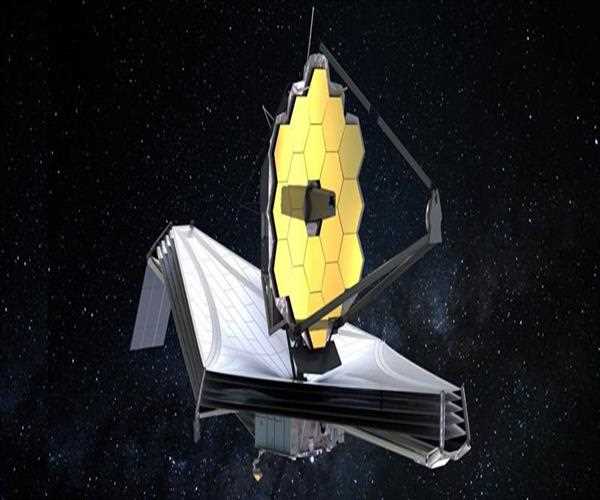Search here

01-Mar-2023
James Webb Space Telescope spots gigantic old galaxies
According to a study published today, the James Webb Space Telescope has detected six massive galaxies that emerged shortly after the Big Bang. These galaxies surprised scientists by forming at a rate that goes against what we currently know about the universe.
The Webb telescope has been peering into the universe's farthest reaches, also known as looking back in time, ever since it went into operation in July.
The universe was less than 5% of its current age when the telescope made its most recent discovery, which was galaxies from 500 to 700 million years after the Big Bang 13.8 billion years ago.
According to a study that was published in the journal Nature, the six galaxies were observed by Webb's NIRCam instrument, which operates in a wavelength of near infrared that is not visible to the naked eye.
The Hubble Space Telescope had previously seen two of the galaxies, but those images didn't show them because they were so faint.
Because their discovery needs to be confirmed by additional measurements, these six new "candidate galaxies" have significantly more stars than expected.
There are even estimates that one galaxy has around 100 billion stars.
All of the stars in our own galaxy took the entirety of the universe for to assemble.
According to Labbe, a researcher at Australia's Swinburne University of Technology, this young galaxy would have had to grow about 20 times faster than the Milky Way for it to grow the same amount in 700 million years.
The current cosmological model, which represents science's best understanding of how the universe works, is challenged by the discovery of such massive galaxies so quickly after the Big Bang.
Theoretically, galaxies grow slowly from very small beginnings in the beginning, and these galaxies were anticipated to be between ten and one hundred times smaller.
However, these galaxies' sizes "really go off a cliff." What could be happening? Dark matter, which makes up a significant portion of the universe, is one possibility.
Scientists believe that dark matter plays a crucial role in the formation of galaxies, despite the fact that much about it is still unknown
This process is supposed to take a long time, and "in the early universe, there's just not that many clumps of dark matte." The newly discovered galaxies could indicate that things happened much faster in the early universe than thought, making it possible for stars to form "much more efficiently." This could be linked to recent signs that the universe itself is expanding faster than we once thought. The subject is a contentious one among cosmologists, which makes this latest discovery
Euclid's mission is to learn about dark energy and dark matter's secrets, which could also help solve this latest mystery. Labbe called this the "black swan theory," which says that one unanticipated event can change our previous understanding, like when Europeans first saw black swans in Australia.

SEO and Content Writer
I am Drishan vig. I used to write blogs, articles, and stories in a way that entices the audience. I assure you that consistency, style, and tone must be met while writing the content. Working with the clients like bfc, varthana, ITC hotels, indusind, mumpa, mollydolly etc. has made me realized that writing content is not enough but doing seo is the first thing for it.
Join Our Newsletter
Subscribe to our newsletter to receive emails about new views posts, releases and updates.
Copyright 2010 - 2025 MindStick Software Pvt. Ltd. All Rights Reserved Privacy Policy | Terms & Conditions | Cookie Policy